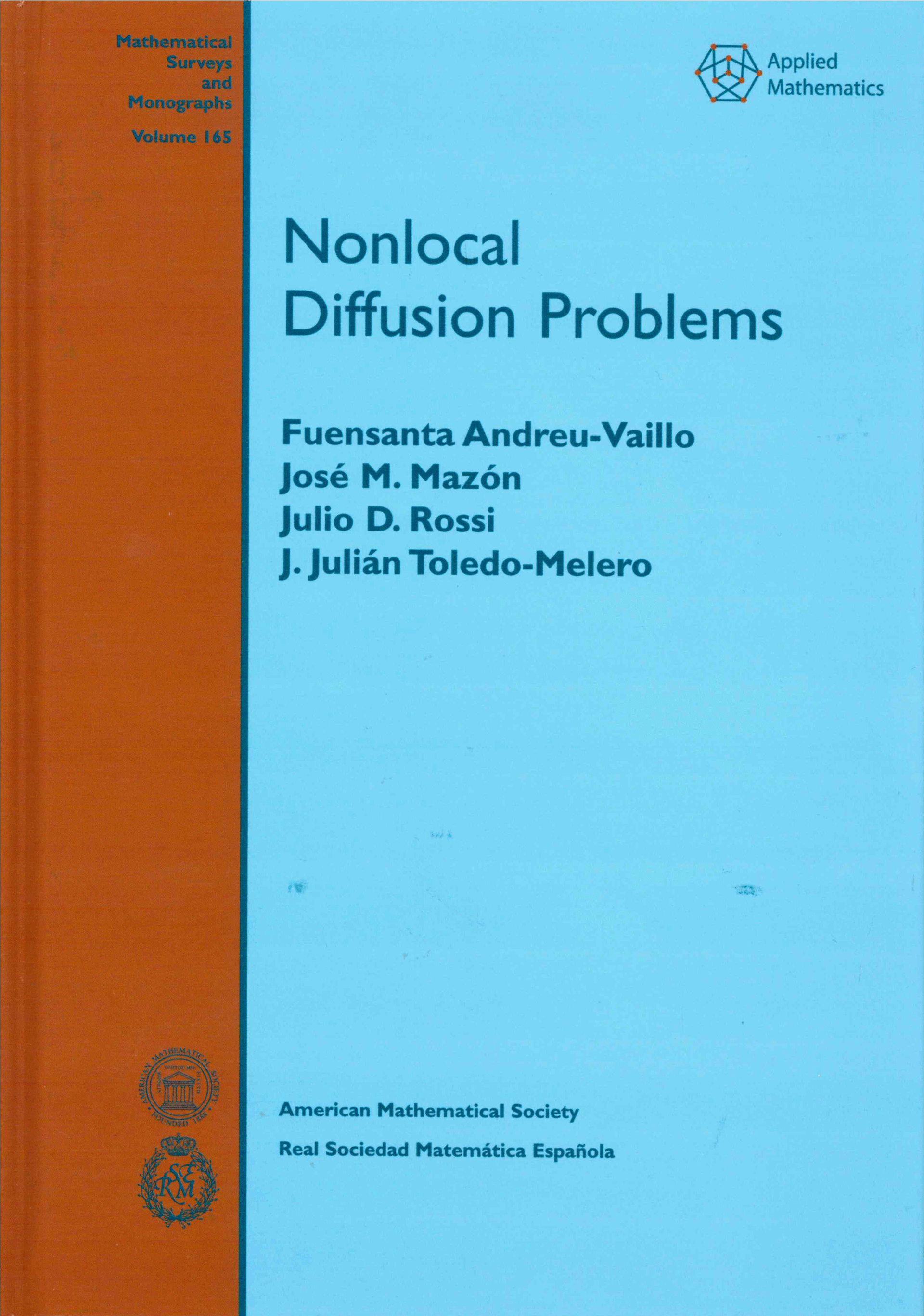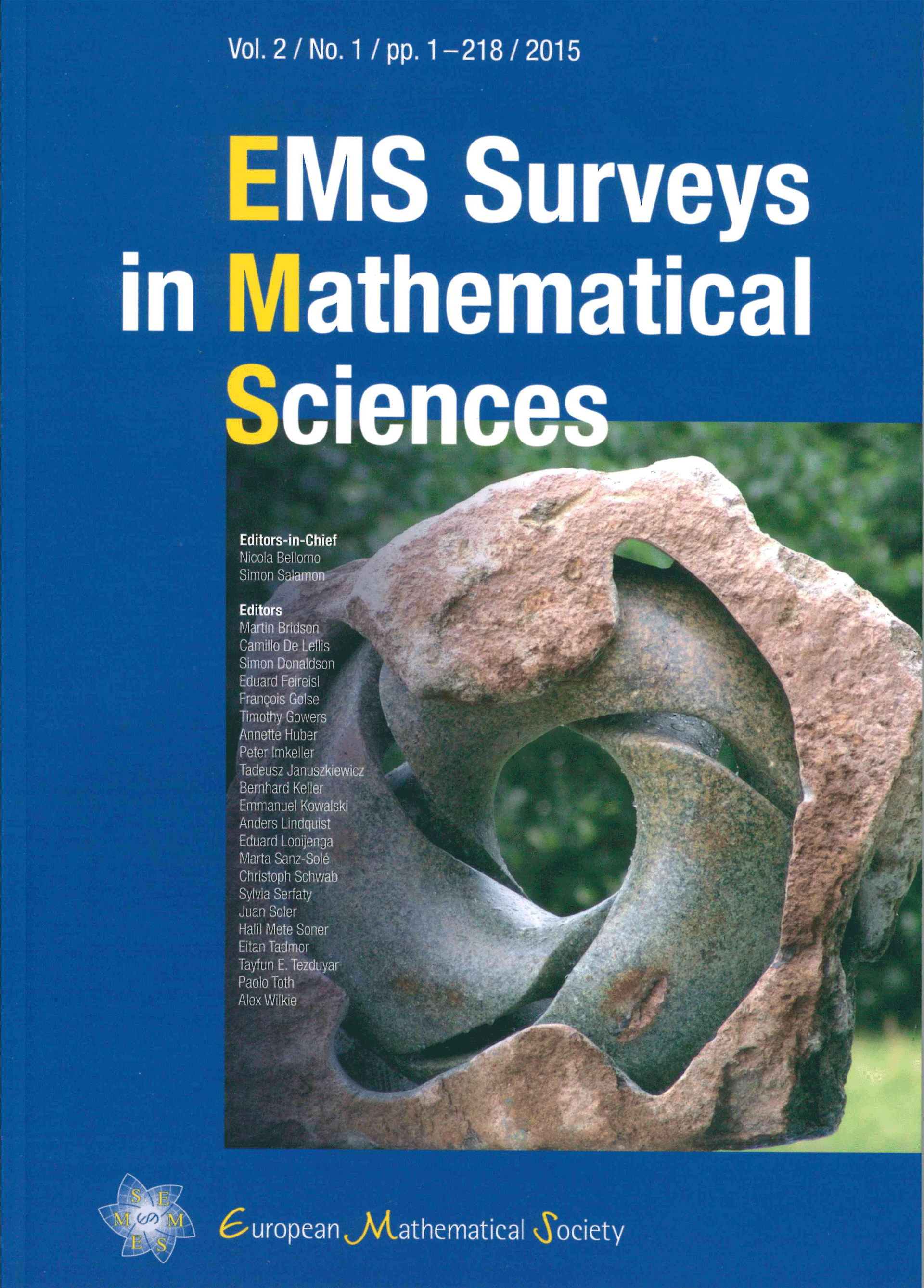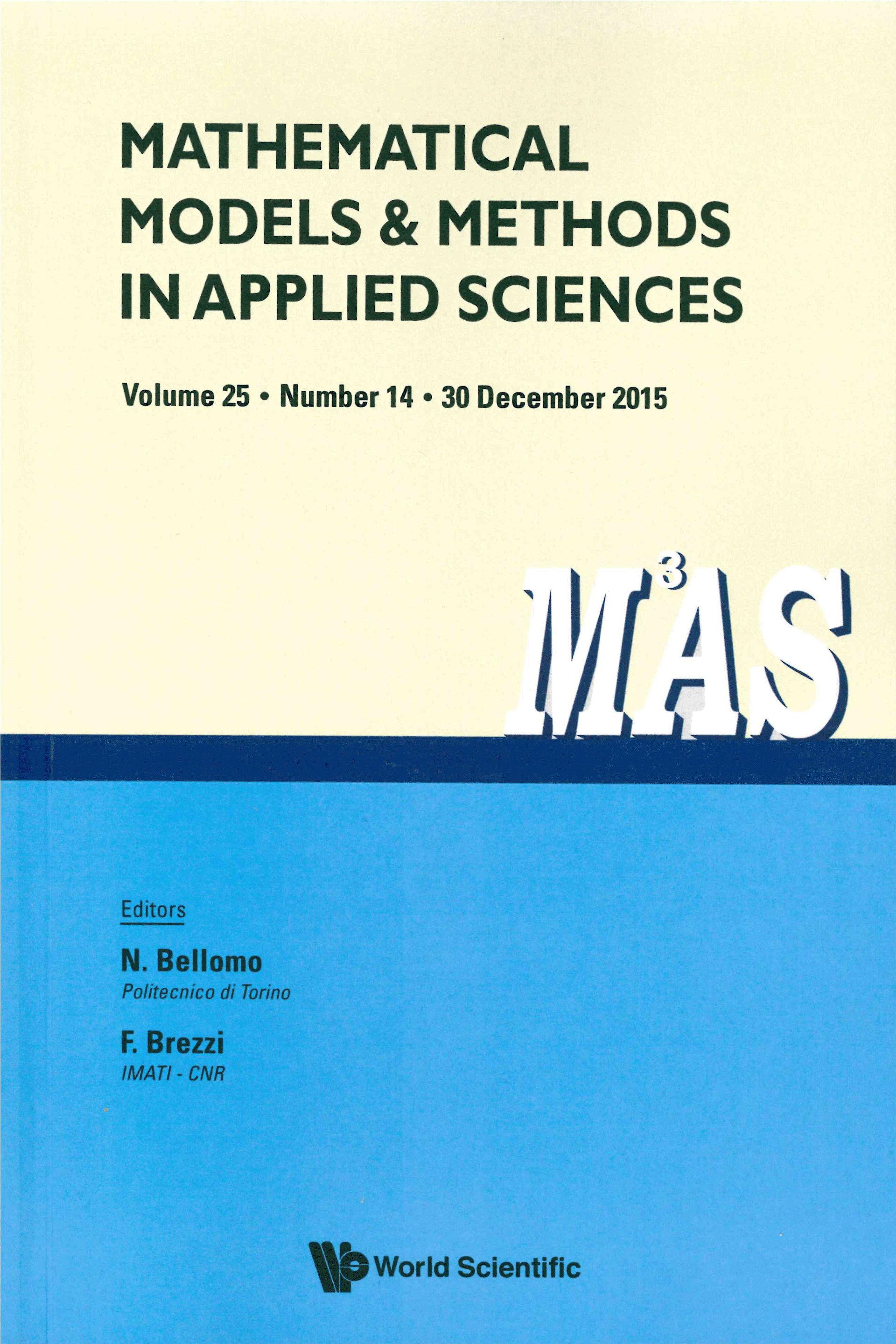Professor, University of Granada
Research Group: Partial Differential Equations in Kinetic Theory
Excellence Research Unit: Modeling Nature (MNat)
Research, Publications, Events and Teaching
Coordinator of the PhD Program in Physics and Mathematics
Recent and Former PhD Students
Editorial Boards
- Mathematical Models and Methods in the Applied Sciences
- EMS Surveys in Mathematical Sciences
- AIMS Biophysics
- AMS-RSME book series: Mathematical Surveys and Monographs, University Lecture Series, Graduate Studies in Mathematics.
RSME: El Árbol de las Matemáticas
Mathematics Genealogy Project
Biographical information extracted from ArbolMat
Juan Soler began his research within the team of his PhD. advisor P-A Raviart (U. Pierre et Marie Curie), analyzing some problems in the framework of fluid-mechanical equations. His proof that a vector measure such as a vortex filament is admissible in the functional context of the Navier-Stokes equation was pioneering in the field. Since that time, Euler and Navier-Stokes equations are recurring topics in his research career, along which he has had the opportunity to collaborate with A. Liñán, A. Enciso, T. Hmidi, and G-H Cottet, among others.
From a thematic point of view, the study of singularities is a constant in his trajectory: "Every interesting fact takes place at interfaces, which are often singular". In the early 90s, he came into the world of kinetic equations with an original approach that has persisted in his later work, consisting of using in an integrated way techniques and ideas stemming from several disciplines such as fluid mechanics, classical or relativistic kinetic equations, quantum mechanics, biomathematics, or social sciences. Among the results of this approach, we can outline the description of the asymptotic behavior and qualitative properties of kinetic equations, the study of variational problems arising in the investigation of orbital stability of gravitating galaxies (Vlasov-Poisson or Vlasov- Einstein models), the behavior of nonlinear Schrödinger equations or the analysis of coagulation-fragmentation models. L.L. Bonilla, I. Catto, J. Dolbeault, Th. Goudon, P-E Jabin, P. Markowich, Ch. Ringhofer, G. Toscani or J.L. Vazquez have been some of his collaborators in this research.
The pioneering ideas that opened the way to the mathematical formalization of the hydrodynamic low-field (parabolic) and high-field (hyperbolic) limits arose from his collaborations with F. Poupaud. This description propels the relations between the macroscopic models and their microscopic or kinetic counterpart. Later, these ideas were incorporated, in collaboration with N. Bellomo, to multicellular interaction models and growth to deduce hyperbolic or dispersive (but not diffusive) models. His approach to flux-saturated mechanisms follows the aim of limiting the diffusive processes in biomathematics. Some of his collaborators in this field have been J. Campos, JM Mazón and V. Caselles.
From his recent research, it is worth highlighting the relevant role that he attributes, on one side, to the predictive capability of a model as a cornerstone for its mathematical viability, and on the other side to multiple interactions versus binary interactions to detect and understand emerging processes in the collective behavior of species. In this line, it is worth highlighting his recent work with P.E. Jabin.
He has more than 100 papers in indexed journals, of which 92% are in the first quartile of Web of Science. His h-number is 26 (WoS and Scopus, with 2119 citations) and 33 (Google Scholar, with 3251 citations). He has 8 Highly-cited papers (WoS). In addition to publications, he has three patents and numerous activities for dissemination and transfer of research in magazines and newspapers, television, and movies.
In 1998 he founded the program FISYMAT (he is currently coordinator of the doctoral program), widely recognized in postgraduate training nowadays, around which he organized BIOMAT, an international school that has been revealed as a benchmark in Biomathematics.
From his training work, a prominent school has emerged: J.A. Carrillo, J.L. López, J. Nieto, Ó. Sánchez, J.A. Cañizo, J. Calvo, P. Guerrero, M. O. Vásquez, D. Poyato, C. García, C. Cunha, M. Conte, the last four have defended their PhD after 2017, Claudia García has received the award for the best doctoral thesis in Applied Mathematics, awarded in France, and Martina Conte for the best European thesis in Biomathematics awarded jointly by the two European societies.
His interdisciplinary research has led him to work with Engineers (A. Liñán), Biologists (I. Guerrero, S. Casas-Tintó, JA Marchal), Physicists (E. Arriola, LL Bonilla) and a wide network of national and international collaborators.
Juan Soler has been a member of relevant national and international committees: National Research Award Committee Julio Rey Pastor 2003, Project Commission of the National Mathematics Plan 2004 - 2007, Committee Juan de la Cierva 2013, Member of the Scientific Committee of the 7ECM (Congress European Mathematical Society)- 2016. Scientific Committee: RSME and SEMA Congresses.
He has coordinated 4 projects in Framework Programs (European Commission), besides his extensive experience in Spanish projects. He is currently part of the editorial board of prestigious international publications: "Mathematical Models and Methods in the Applied Sciences", "EMS Surveys in Mathematical Sciences", Biophysics Journal, AMS-RSME book series: Mathematical Surveys and Monographs, University Lecture Series, Graduate Studies in Mathematics.






